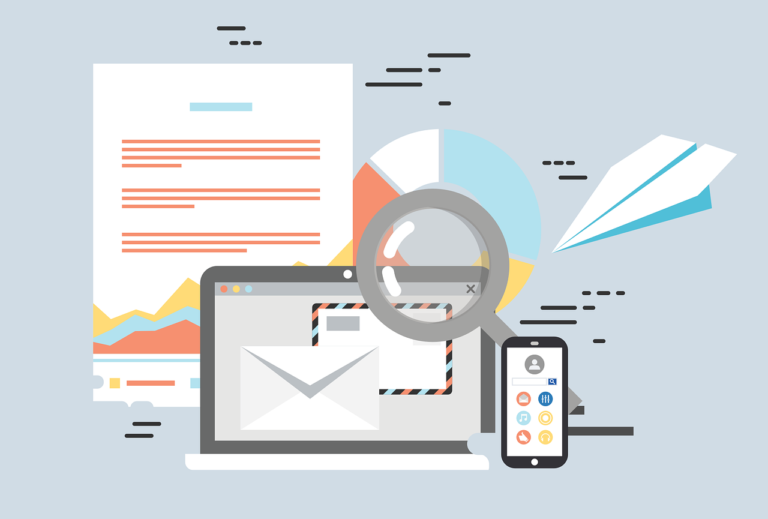The processes involved in finding, accumulating, and courting potential clients on LinkedIn are referred to as lead generation on LinkedIn.
When used properly, it may help companies grow organically and profitably while forging closer bonds with their leads.
1. Optimize your LinkedIn profile
To draw in potential leads, you should enhance your LinkedIn profile. Playing the “role” becomes crucial because this is a professional platform.
Simply put, you need to optimize your profile for engagement:
- A relevant title that concisely describes your position with the organization and your area of expertise should be included with a clear headshot.
- Make sure your job description is compelling, useful, and informative.
- Ensure that your profile is quickly found by the proper target audience, make sure your “About” summary emphasizes your skills, expertise, and accomplishments and is keyword-rich.
- Use LinkedIn’s “Featured” section to highlight significant projects, works of literature, blog articles, etc. and attract new clients.
- Last but not least, present “social proof” by requesting genuine recommendations from coworkers, friends, etc.
2. Join LinkedIn groups
LinkedIn groups, which are specialized spaces for professionals of all levels to share their opinions and experiences or ask questions about the group issue in one place, can be searched for leads.
Fundamentally, you should participate in LinkedIn groups that are relevant to your industry or niche. You can position yourself as an authority in your field in this way. Also, this may draw potential customers that are interested in your goods or services.
Find the groups that your buyer persona would be in. Join those communities and use them to generate leads for LinkedIn by contacting the group’s members or looking for posts that show a buying signal or intent.
3. Share valuable content
Make an effort to provide your LinkedIn connections with informative content. It should offer insights and solutions to the problems your target audience has, such as blog posts, articles, and infographics.
This will increase your trustworthiness and draw in new customers.
The most effective strategy to draw in the leads you want is to publish content on LinkedIn as a thought leader – that is, as someone recognized as an authority in your field.
As you start to see responses, you can either collect all of the LinkedIn profiles in one place and manually reach out to them, or you can utilize LinkedIn automation and email tools to do it automatically.
4. Use LinkedIn Sales Navigator
LinkedIn Sales Navigator is a paid feature that enables you to locate and contact potential leads. It provides sophisticated search criteria that enable you to focus your search and identify leads that fit the profile of your ideal client.
LinkedIn tracks accounts that have connected with your business on numerous levels. It then categorizes them based on your level of interest and suggests some to you.
It is the ideal method for generating leads from individuals who have previously expressed interest in your business.
5. Engage with your connections
Comment on your contacts’ posts, share their material, and send them individualized notes to engage with them. Relationships and trust will be formed as a result, potentially opening up business chances.
Being a thought leader is great. You won’t succeed, though, until you utilize social media for what it was meant to be used for: connecting with others and fostering genuine relationships.
Reach out and strike up a discussion with someone in your network if you want to develop a relationship with them.
6. Make Use of LinkedIn Tools
If you are in the business of leveraging LinkedIn to generate leads, there are a ton of solutions available to make your life easier.
What you need to understand is that tools like these are highly useful and desirable, but rather difficult to choose from due to both benefits and drawbacks.
The following tasks benefit from using tools:
- Automating common tasks like connecting invites, follow-up messages, requesting that individuals follow a firm’s page, endorsing connections.
- Launching automatic marketing campaigns.
- Automating the process of sending invitation requests and follow-up messages, enabling you to create a list of ready gen leads.
- Quick lead processing and information gathering about lead sources.
You also need to consider any potential negative effects:
- Due to the variety of tools available and the fierce competition, finding the correct automation tool for testing that can optimize value can be difficult.
- Because some of the sophisticated automation technologies are expensive, it might become an expensive endeavor.
- While limiting the alternatives, caution should be exercised because not all tools are secure to use.
Conclusion
Time and time again, LinkedIn has shown to be a reliable and strong platform for generating high-quality leads.
It takes more than just collecting the first and last names of your leads to use a LinkedIn lead generator.
The goal is to establish a stronger relationship with your leads using natural and sustainable methods while spending an optimum amount of time and effort in nurturing those leads.
You can learn more about quality methods of managing your LinkedIn connections on this link. The article will help you get a better overview of your connections and help you generate more leads by better organizing your network.
Nevena Rogar is a freelance content writer at LeadDelta. You can follow her on LinkedIn and read more of her articles on LeadDelta blog and on Clippings.



